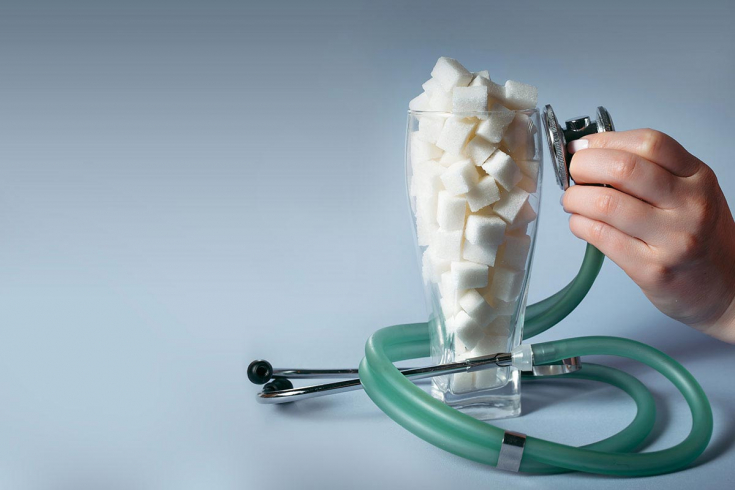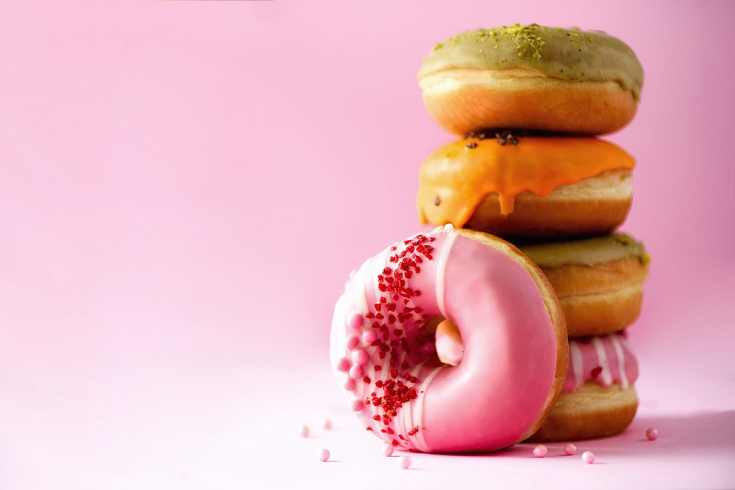Many studies show that excessive sugar consumption leads to high cholesterol levels and blood pressure, as well as increases the risk of cancer, diabetes, cardiovascular disease and, of course, contributes to weight gain.
Added sugar, unlike the sugars that are naturally present in fresh, unprocessed foods, has a negative effect on the functioning of the body. Therefore, doctors recommend limiting the amount of this product as much as possible.
Estet-portal.com presents 21-day sugar-free plan that will help you eliminate the harmful sugary substance from your diet.
- What is the difference between "natural" and "natural" and added sugar
- Sugar Quit Plan: What to do in the first week
- How is the second week of sugar-free
- Third week: what to do in the final stage of quitting sugar
What is the difference between "natural" and added sugar
Between the sugar that we add to foods and dishes and the sugar that is naturally present in food – fructose in fruits and lactose in dairy products: the sugars found in fruits and milk are not considered harmful, as these foods contain nutrients that have a beneficial effect on metabolism, such as & nbsp; like fiber and antioxidants.
Added sugar and the sugar found in fresh fruit have different effects on the body due to the fiber and antioxidant content of raw fruit.
Read also: 50 Shades of Sugar: What White Death Brings
Next, estet-portal.com will review Sugar Free Action Plan:
Sugar Quit Plan: What to do in the first week
The first thing to do to minimize your sugar intake – limit its presence in the house. The less unhealthy foods around you at home, the less likely you are to relapse.
Subscribe to our page on Instagram!

It is also important to learn to recognize the so-called hidden sugar in foods: cane, syrup, nectar, components with the ending –ose, agave, concentrated fruit and berry juice. Fried foods, ketchups, sodas, sweet yogurts, and other processed foods also contain sugar, even if you don't feel the sweetness.
Stay away from sugary packaged foods and drinks by paying attention to the ingredients in them, and try not to buy them.
Since it is hard for many people to immediately give up sweets completely, as a tasty treat, you can sometimes treat yourself to healthy sweets and desserts.
How is the second week of sugar-free
In two weeks, you will notice that your cravings for sweets have decreased. Therefore, in the second week, it's time to halve the amount of sweeteners, for example, instead of a spoonful of sugar, put half a spoonful in tea.
Quantifying sugar should be gradual and deliberate.
Try to make your menu as diverse as possible. It should be dominated by products without added sugar. Use fresh fruit for dessert. In summer, watermelon is a great option, which can also be used to cleansing the kidneys.
An important step is also the complete rejection of fruit juices and soda. It is recommended to quench thirst with ordinary water. For a change, you can also try fruit water.
Third week: what to do at the final stage of giving up sugar
At this stage, it is very important to add more healthy fats to your diet, for example, avocados, olive oil. They help suppress the activity of brain receptors that stimulate sugar cravings. Food rich in protein and fiber has the same effect.
Read also: Give up unnecessary things: how to reduce your appetite to lose weight

To avoid the desire to eat sweet and junk food, stick to the schedule: eat at a clearly allotted time for this to control hunger and cravings for sweets.
Subscribe to our page on Facebook!
Do not forget that healthy sleep, mindful eating, exercise and avoiding stress – important aspects that will help make your refusal of sweets as effective and healthy as possible. A glass of water before meals, coffee without sugar and green tea will also help control not only cravings for sweets, but also appetite in general.
More useful information on our channel in Youtube:






Add a comment